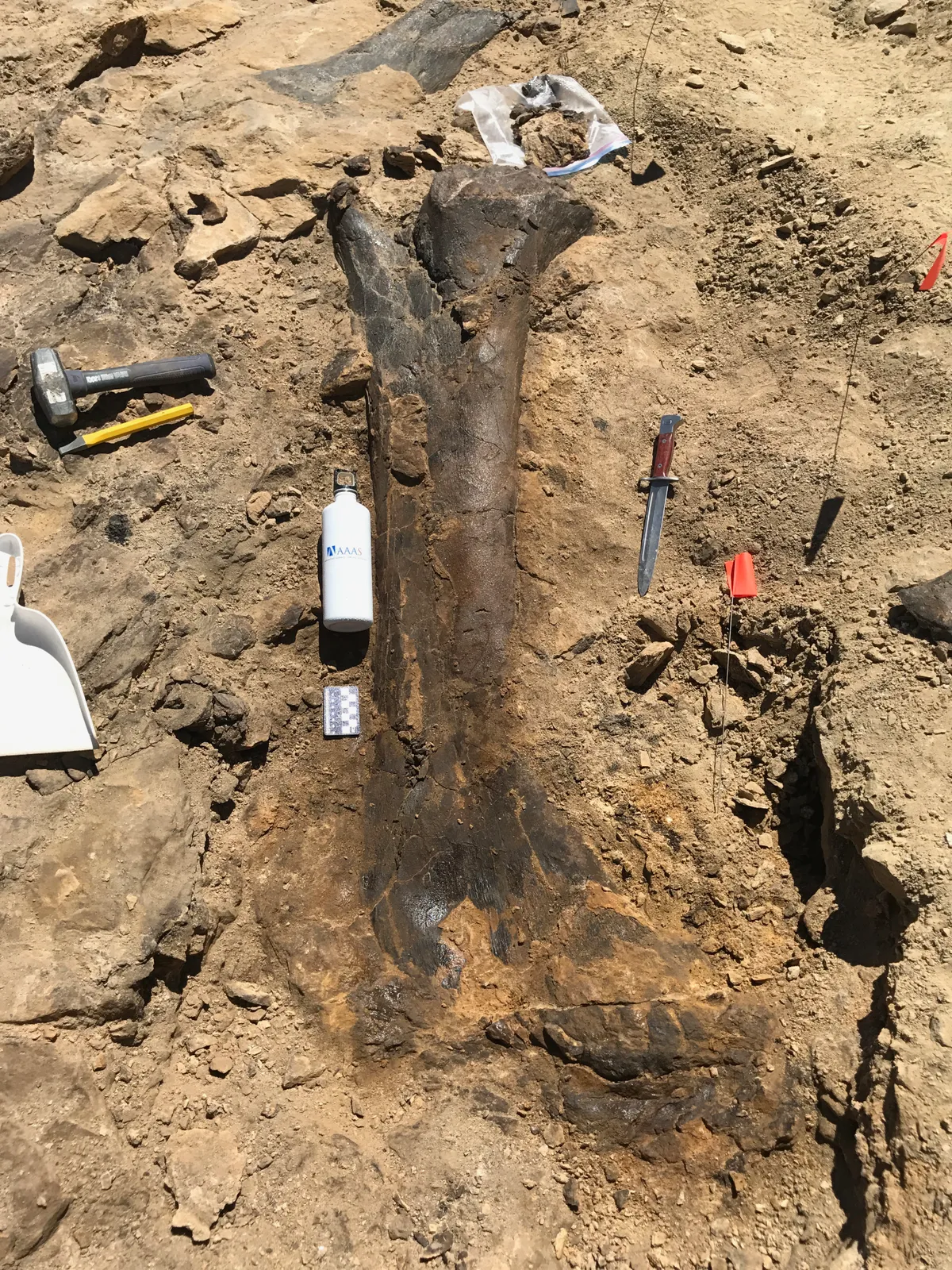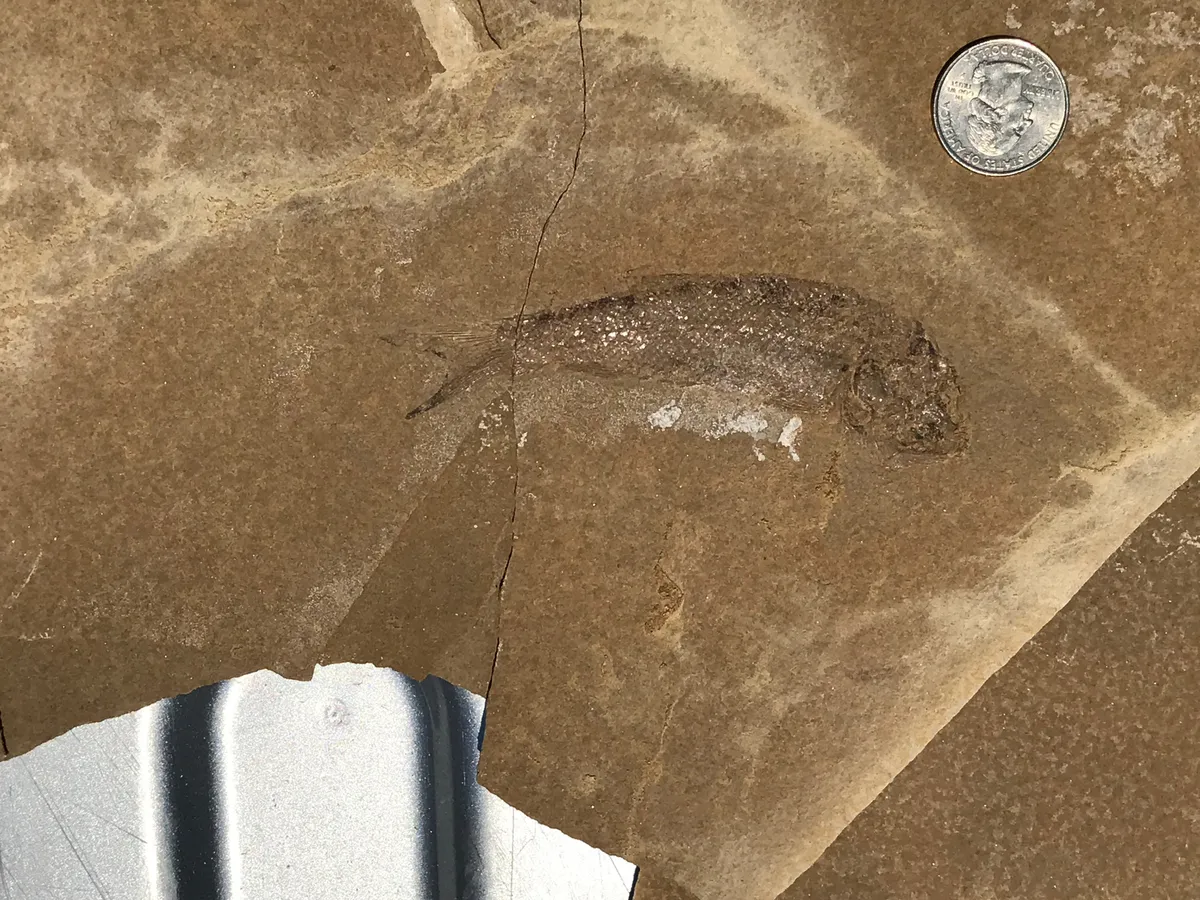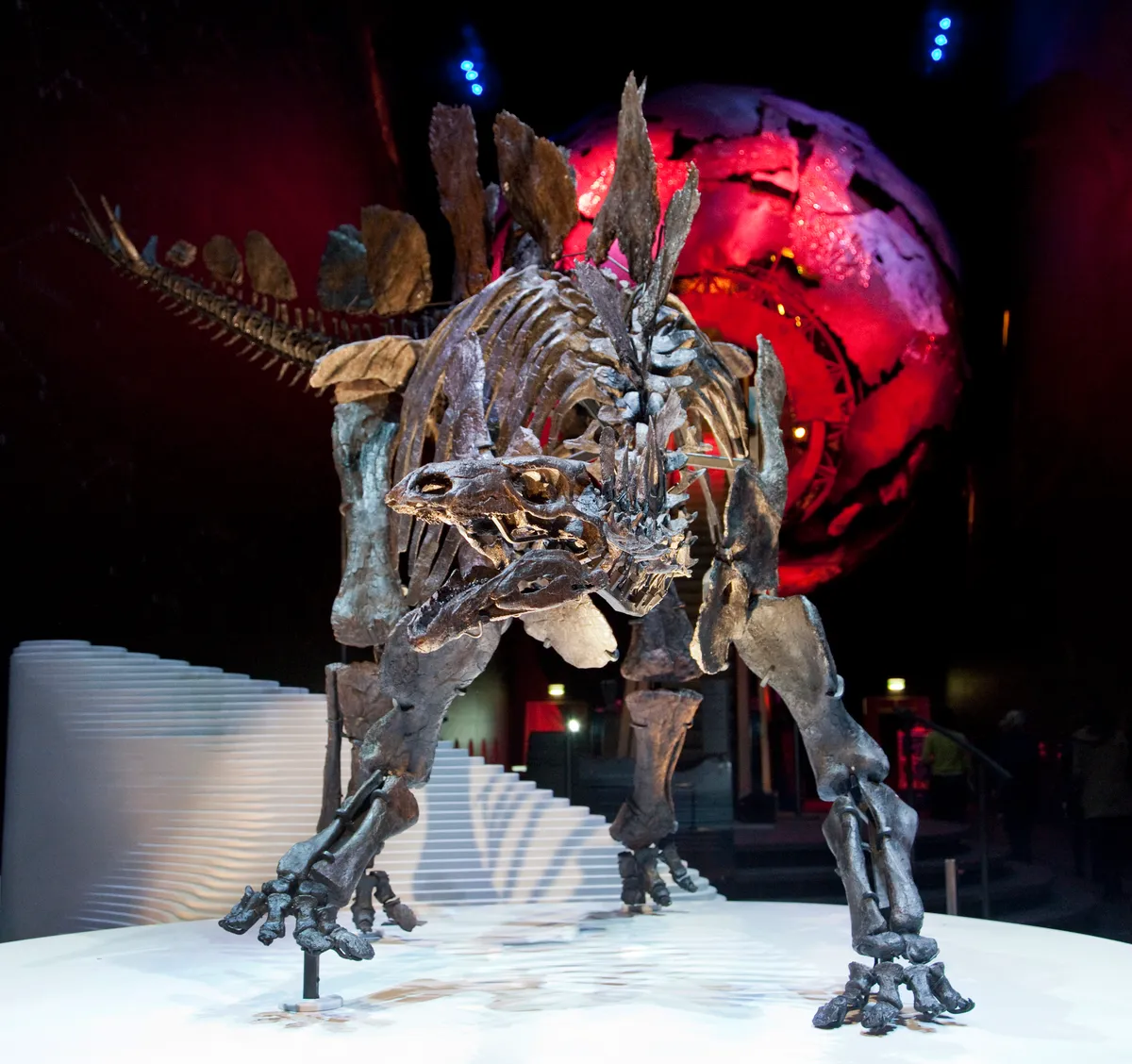Joining forces with The Children’s Museum of Indianapolis and the Naturalis Biodiversity Center in Leiden, the Natural History Museum (NHM) is embarking on a new Jurassic excavation in Wyoming, USA.
The project ‘Mission Jurassic’ is taking place on the 'Jurassic Mile', a square mile site rich with extraordinary Jurassic dinosaur and fish fossils, which is part of the Morrison Formation.
Initial excavations at the site, carried out by University of Manchester palaeontologists working for The Children’s Museum of Indianapolis, have already uncovered the bones of two giant sauropod dinosaurs - a 24-metre-long Brachiosaurus and 30-metre-long Diplodocus.
“We are delighted to lend our world-leading scientific expertise to this project and its potential for brand new discoveries," says Richard Herrington, acting director of science at the NHM. "This site offers a rare opportunity to build a picture of what the real Jurassic World ecosystem would have looked like 150 million years ago - by unearthing not only dinosaurs but the diversity of life that surrounded them, from plants and invertebrates to ancient crocodiles, mammals, lizards and marine life.”


Nearly 600 fossilized bones, weighing nearly 5.4 tonnes, have been collected over the past two years of fieldwork - although only a fraction of the site has so far been explored.
To date, most Jurassic excavations have taken place further south in Utah and Colorado, so this is an exciting opportunity to discover new dinosaur species and genera.
"The Morrison Formation is a suite of rocks laid down between 157 to 145 million years ago, in the late Jurassic period," says Dr Susannah Maidment, a palaeontologist at the NHM. "The area has a very dry climate with little vegetation, and plenty of exposed rock, making it a perfect environment for discovering dinosaur fossils."

"Part of what makes this project so exciting is that we will be able to compare the fossils between Wyoming and other areas of the Formation," she adds. "We know already that there are closely related species in both areas, and we will be trying to work out what made them different. And of course, we're hoping to find and describe new species."
One of the well-known dinosaur specimens already excavated from Wyoming is Sophie, a Stegosaurus which has been on display in the Earth Hall at the NHM.

Specimens from the well-preserved fossil remains at the ‘Jurassic Mile’ site will form the basis for a major expansion of The Children’s Museum of Indianapolis’ permanent Dinosphere exhibit to add creatures from the Jurassic Period. Some fossils may also be acquired to NHM’s world-leading dinosaur gallery in London and future touring exhibitions.
Dr. Jeffrey Patchen, President and CEO, The Children’s Museum of Indianapolis says “We are bringing together an extraordinary international team for the first time that will critically analyse portions of the Morrison Formation in new ways. The Mission Jurassic’ project reflects a natural synergy between three world-renowned museums, their research scientists and highly-respected research universities, each providing unique elements to complete one of the most interesting chapters in the evolution of Earth.”